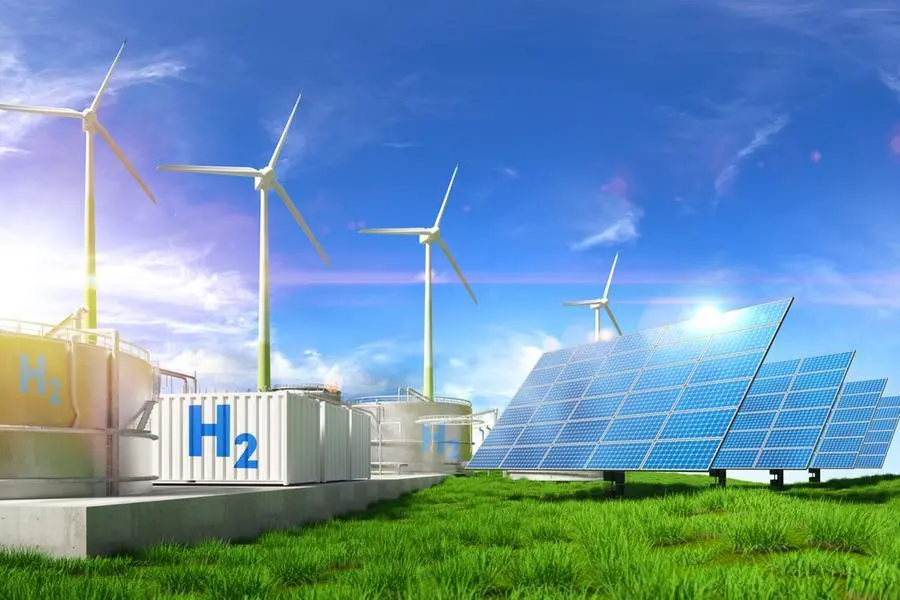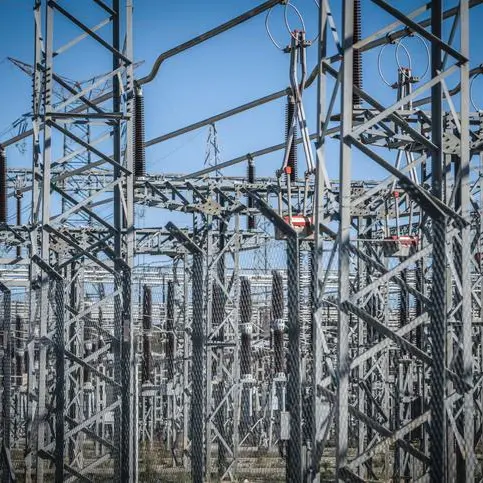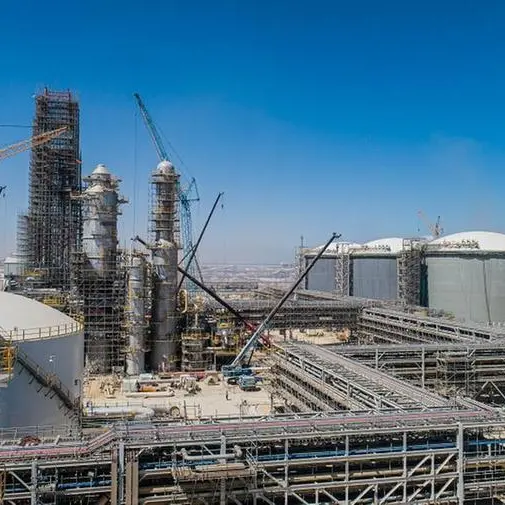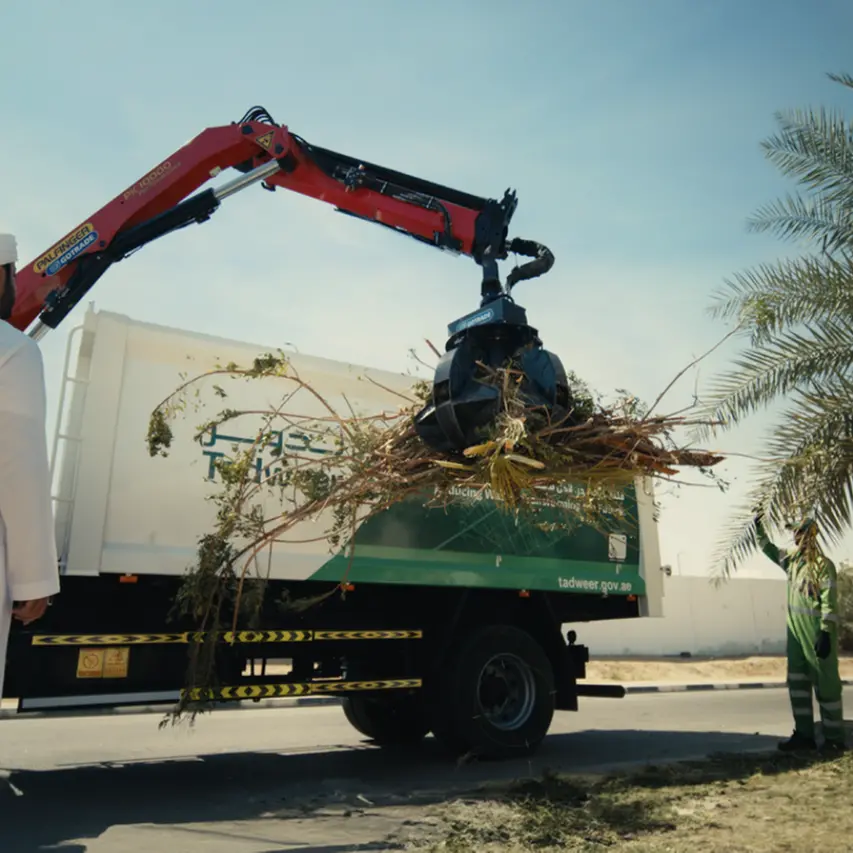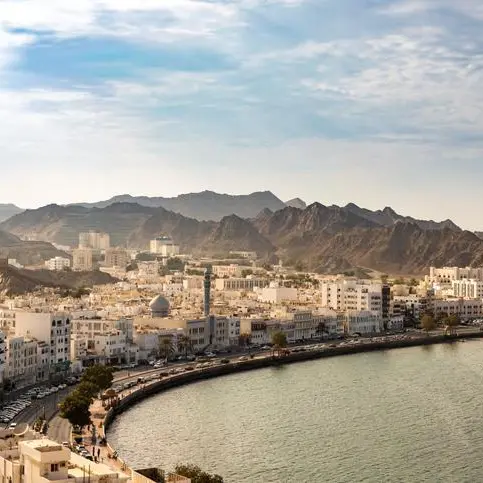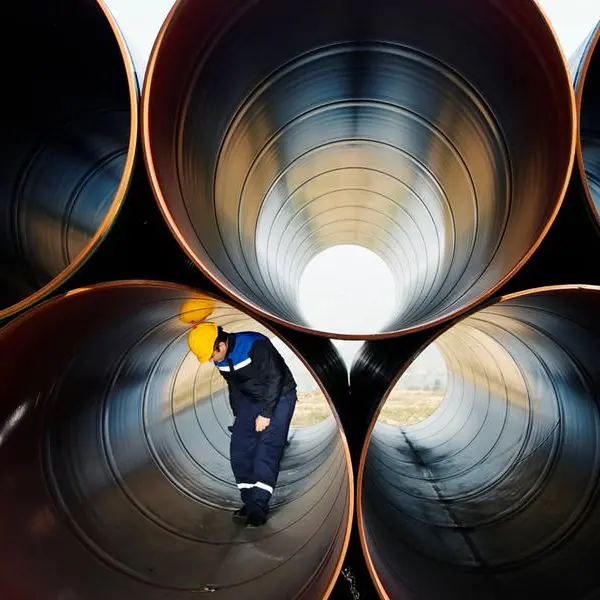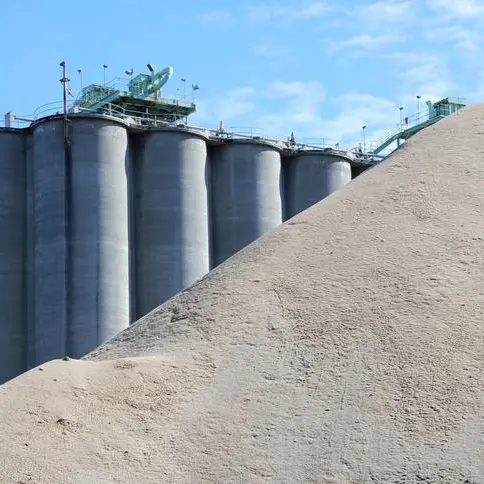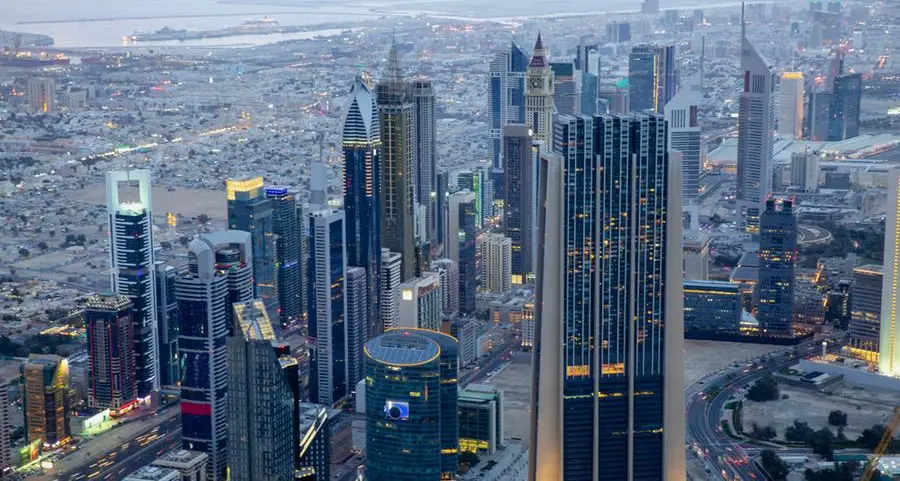PHOTO
MUSCAT: A new report by the World Economic Forum (WEF) has listed the Sultanate of Oman among six ‘high-potential’ hydrogen countries in the Middle East and North Africa (MENA) region based on their low-carbon hydrogen readiness.
The WEF report, titled ‘Enabling Measures Roadmap for Low-Carbon Hydrogen Middle East and North Africa’, was published on Wednesday, December 20, 2023, as a collaborative endeavour with global professional services firm Accenture. Listed alongside the Sultanate of Oman as ‘high-potential’ hydrogen economies are Morocco, Egypt, Qatar, the Kingdom of Saudi Arabia (KSA), and the United Arab Emirates (UAE).
In characterizing Oman has a ‘high-potential’ hydrogen economy, the WEF report noted: “As of 2023, the country potentially has the most advanced regulatory framework, strategy, and project development policies for hydrogen in the region. The country envisions becoming the largest exporter of renewable hydrogen by 2030 with a production of up to 1.15 Mtpa, with 50,000 km² of land dedicated for hydrogen project development. Project development is coordinated by Hydrom, Oman’s national leading entity responsible for strategy execution. The strategy focuses on exporting hydrogen to both Asia and Europe and also includes decarbonization strategies for existing demand representing 1.1 Mtpa. The hydrogen sector is seen as a vital post-oil and gas era opportunity for Oman.”
The WEF-Accenture report assessed the low-carbon hydrogen readiness of the six countries in question by evaluating their hydrogen opportunity, ambitions and strategies against six ‘barriers’: Standards and certification; Demand; Infrastructure; Pace of Development; Technology; and Cost.
Significantly, the new report reaffirms the upbeat assessments of a number of international bodies on Oman’s green hydrogen outlook. “Oman, with its high wind and solar potential and robust oil and gas infrastructure, is on track to become the sixth-largest global hydrogen exporter by 2030, accounting for 61% of total hydrogen exports. The country is focusing on green hydrogen development (with blue as a stepping stone) considering that, by 2050, its renewable energy capacity will enable it to produce four times its energy needs,” the report noted, citing earlier assessments by the International Energy Agency (IEA), International Renewable Energy Agency (IRENA) and others.
Underpinning this robust outlook are, among other factors, the vast amounts of land at Oman’s disposal, and an existing fossil-fuel infrastructure which can be used or repurposed, the report points out. Furthermore, Oman is advantageously located to gain easy access to export markets in Europe and the Far East.
“The country has high ambition; net zero targets by 2050 and renewable hydrogen production targets exceeding current LNG exports. The country has established an independent entity, Hydrom (Hydrogen Oman), to manage hydrogen strategy, auctioning and implementation, with six binding production agreements worth $20bn already signed. To improve the CAPEX, HYDROM has incentives such as lower cost land fees and is to build shared infrastructure, such as desalination plants and roads,” it added in conclusion.
2022 © All right reserved for Oman Establishment for Press, Publication and Advertising (OEPPA) Provided by SyndiGate Media Inc. (Syndigate.info).
